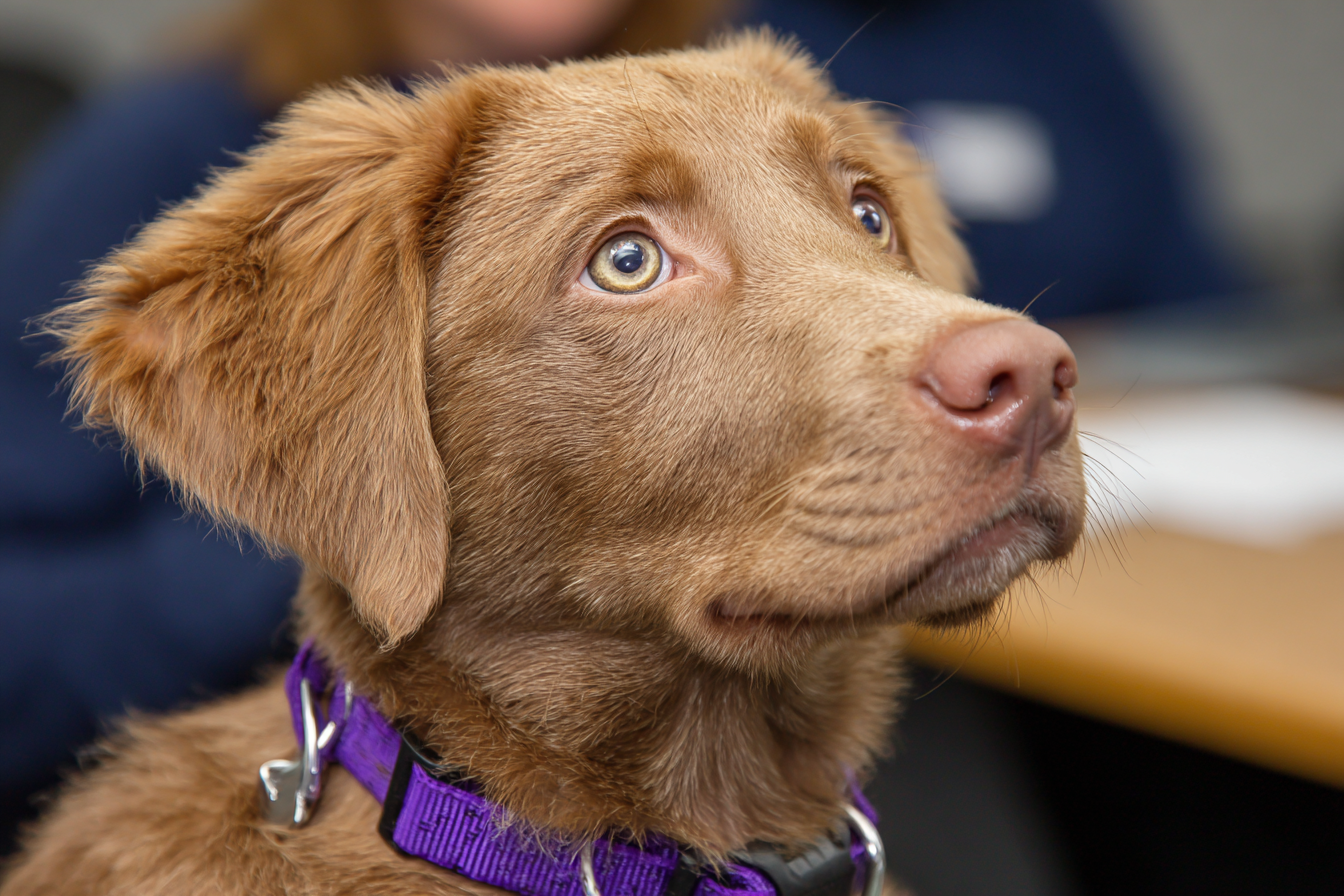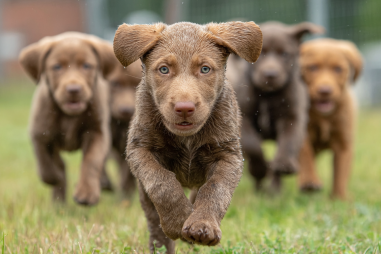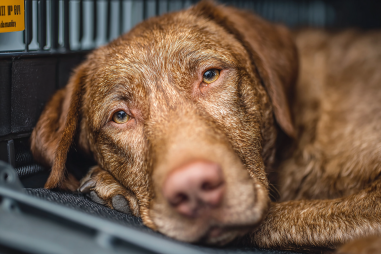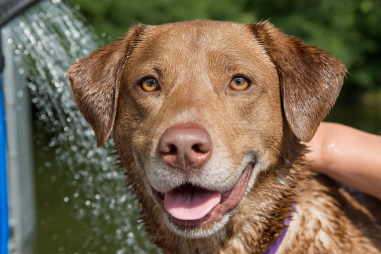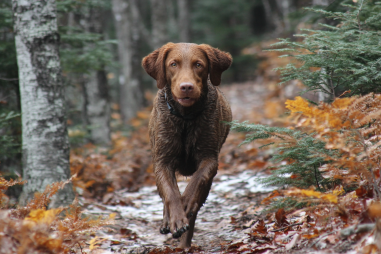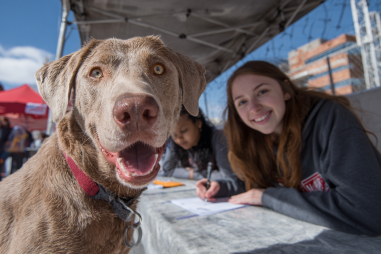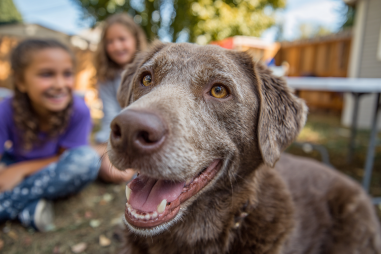Chesapeake Bay Retrievers are a loyal and intelligent breed known for their excellent retrieving skills and affectionate nature. However, like all dogs, they come with their own set of behavioral challenges that, if not addressed early, can disrupt the harmony at home. Understanding the common behavioral issues and knowing how to properly manage and correct them will make living with your Chesapeake Bay Cleaner, happier for both you and your furry companion. In this article, we’ll explore common behaviors such as barking, chewing, and digging, dig into their causes and triggers, offer training and behavior modification tips, and advise when professional help might be necessary, along with prevention techniques to keep these issues at bay.
Overview of Common Behaviors: Barking, Chewing, Digging
Chesapeake Bay Retrievers are active, intelligent, and energetic dogs that often express themselves through various behaviors. While these behaviors are natural, some can become problematic if they occur excessively or inappropriately. Let’s take a closer look at the most common behavioral issues:
- Barking: Playing a vital role in communication, barking can signal excitement, alertness, anxiety, or boredom. However, excessive or incessant barking may quickly become disruptive for families and neighbors.
- Chewing: Chewing is a natural way for dogs to explore their environment and relieve teething pain. While puppies often chew to soothe their gums, adult dogs may chew due to boredom, anxiety, or insufficient exercise.
- Digging: This behavior is usually instinctual, especially in hunting and retrieving breeds like the Chesapeake Bay Retriever. Digging can be motivated by seeking comfort, entertainment, or simply to expend pent-up energy.
Causes and Triggers
To effectively address behavioral issues, understanding the root causes is essential. Most behavioral challenges in Chesapeake Bay Retrievers are influenced by a combination of genetics, environment, and individual temperament. Here are some common causes and triggers:
- Boredom and Lack of Stimulation: Chesapeake Bay Retrievers are highly intelligent and energetic dogs that require both physical and mental stimulation. When unstimulated, they may develop destructive behaviors such as chewing or digging.
- Separation Anxiety: Being social and bonded dogs, Chesapeake Retrievers often develop distress when left alone for long periods. This can lead to excessive barking, chewing furniture, or digging as signs of stress.
- Fear or Anxiety: Loud noises, unfamiliar visitors, or sudden changes in environment can trigger excessive barking or destructive actions as coping mechanisms.
- Instinctual Drives: As a hunting breed, digging and chewing can be instinct-driven attempts to search for prey or work off their natural energy.
- Insufficient Exercise: Without enough daily activity, these dogs may channel their pent-up energy into undesirable behaviors like digging in the yard or barking excessively.
Training and Behavior Modification Strategies
Consistent, positive training is key to modifying unwanted behaviors in Chesapeake Bay Retrievers. Here are several effective strategies to guide you through the process:
Managing Barking
- Identify Triggers: Observe when and why your dog is barking. Is it at strangers, other animals, or when left alone? Understanding triggers helps tailor your approach.
- Teach the “Quiet” Command: Train your dog to respond to a calm “quiet” signal by rewarding silence with treats and praise.
- Redirect Attention: Engage your dog with obedience commands or fun activities when barking begins, diverting their focus.
- Provide Adequate Exercise: Ensuring your Chesapeake Retrievers get ample physical activity reduces boredom-related barking.
Addressing Chewing
- Provide Appropriate Chew Toys: Offer durable and stimulating toys to satisfy your dog’s natural urge to chew.
- Limit Access to Valuables: Utilize baby gates or crates to restrict access to furniture or belongings when unsupervised.
- Use Deterrents: Apply pet-safe bitter sprays to items your dog tends to chew to discourage the behavior.
- Reward Good Behavior: Praise your dog when they chew their toys instead of household objects to reinforce positive habits.
Handling Digging
- Create a Designated Digging Area: Provide a sandbox or digging pit filled with sand or soft soil where your dog is allowed to dig.
- Increase Exercise and Mental Stimulation: Regular walks, playtime, and puzzle toys help reduce excess energy that could turn into digging.
- Supervise Outdoor Time: Redirect your dog from digging in inappropriate places to the designated digging spot.
- Consistent Commands and Redirection: Use firm commands to stop digging followed by rewarding alternative behaviors.
When to Seek Professional Help
While many behavioral problems can be managed at home with patience and training, some situations warrant professional assistance. Consider consulting a certified dog trainer or veterinary behaviorist when:
- Your Chesapeake Bay Retriever’s behavior poses safety risks to themselves, other pets, or family members.
- Problems persist despite consistent training efforts and behavior modification.
- You observe signs of severe separation anxiety, aggression, or obsessive-compulsive behaviors.
- There are sudden changes in behavior that may indicate underlying medical issues.
Professionals can offer customized training plans, behavioral therapy, and if needed, recommend medical interventions to help your dog regain balanced behavior.
Prevention Techniques
Prevention is often the best course to avoid behavioral challenges. By proactively meeting your Chesapeake Bay Retriever’s needs, you reduce the chances of issues developing in the first place.
- Consistent Routine: Keep a regular schedule for feeding, exercise, training, and playtime to provide structure.
- Early Socialization and Training: Introduce your puppy to diverse environments, people, and situations while implementing basic obedience commands.
- Adequate Exercise: Provide daily walks, swimming sessions, or fetch games to burn off energy in healthy ways.
- Mental Stimulation: Puzzle feeders, learning new tricks, or scent games keep your dog’s mind sharp and engaged.
- Safe and Enriching Environment: Prevent boredom by rotating toys and providing areas for safe exploration and play.
By incorporating these prevention strategies, you help foster a well-adjusted, happy Chesapeake Bay Retriever with fewer behavior problems.
Enjoying a Happy Life with Your Chesapeake Bay Retriever
Understanding and addressing behavioral challenges in Chesapeake Bay Retrievers is all about meeting their physical and emotional needs with consistency and kindness. Early intervention, positive training, and plenty of exercise pave the way for a harmonious relationship. Remember that patience goes a long way, and when challenges seem overwhelming, seeking expert guidance ensures both you and your dog enjoy a fulfilling life together. With the right approach, your Chesapeake Bay Retriever will thrive as a loving, well-behaved companion.

